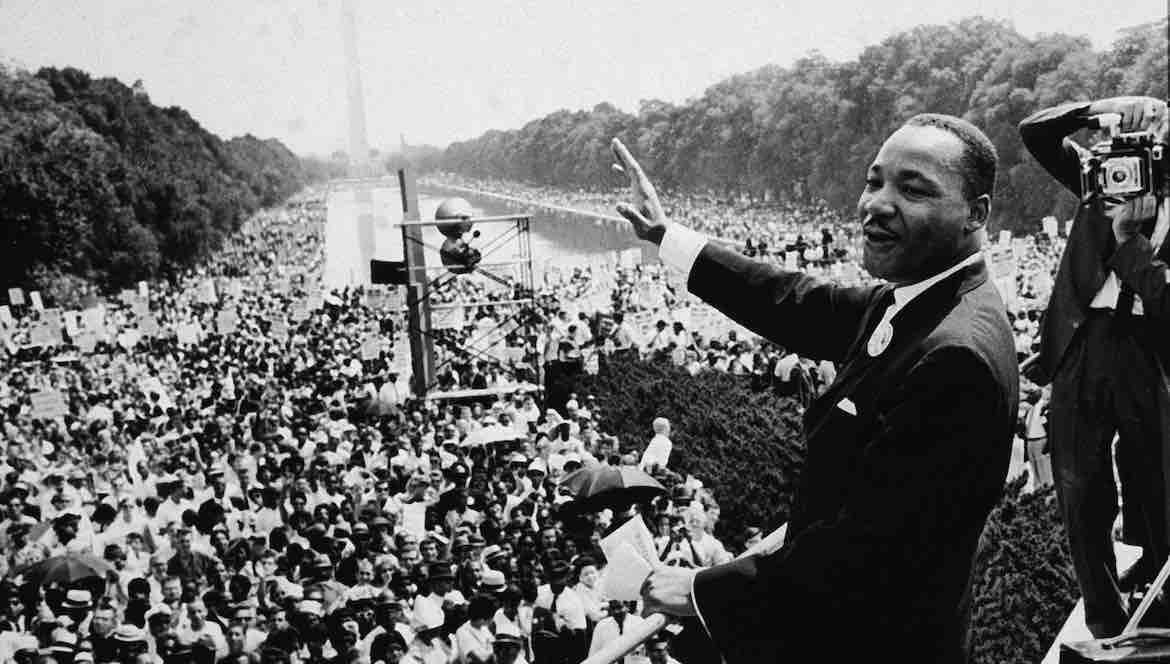Why public media?
‘Eyes on the Prize’ producer Henry Hampton reflects on how to serve ‘a nation immersed ...
“We must help rebuild ... the faith that most Americans have always had in their future and their ability to share in ...From scratch at Cape & Islands
There are now enough public radio stations to reach more than 90 percent of the American public, and pubcasters have adding specialized ...‘If we can imagine it, why don’t we do it?’
It was raining in Baltimore Sept. 23 when independent producer Jay Allison delivered his “benediction,” the traditional closing speech of the Public Radio ...Alvarado as he exits: ‘Change cannot be a complaint’
"... The architecture of public media has to be reimagined immediately or the millennials will build their own parallel universe separate from ...Moyers calls for a convention to remake system
Bill Moyers, in a speech to public TV program execs in Memphis Nov. 10 [2011], compared today’s public broadcasting system to the ...Fanning quotes Friendly: public TV’s greatest right is to ‘rock the boat’ with journalism
In 2011, as partisan critics attacked NPR, Frontline chief David Fanning urged public media to specialize in strong journalism. Fanning, who was accepting ...Public affairs: What the invisible hand of the news market leaves all too invisible
People consuming public affairs coverage because of duty or a fascination with policy create a demand for news with context, ...Fanning on a ‘big bang’ moment for Frontline: bringing online depth to reporting
David Fanning, e.p. of Frontline, discussed the WGBH program’s evolving use of the Web Aug. 23, 2010, in accepting the Goldsmith Career Award ...David Fanning’s Loper Lecture, 2009
David Fanning, the founding executive producer of PBS’s Frontline series, gave this talk in 2009 as the annual James L. Loper Lecture in ...The challenge for public radio: Letting go of our expected future
The fact that the public radio audience is 82 percent white is a problem when the public we aspire to serve is ...We’re deep into news — let’s walk that walk
"Let’s face it," writes a prominent pubradio station news director, "despite 40 years of evolution, we have produced a lot of journalism, ...Good isn’t good enough — our best is ahead
Public radio is hitting home runs, but it can do better. Producer and StoryCorps founder Dave Isay says public radio is entering ...What makes public broadcasting ‘public’ is engagement
The authors head the Public Media ThinkTank at American University in Washington, D.C. With backing from the Ford Foundation they’re working to ...A moral transaction
This essay appeared in the Washington Post June 21, 2005, after Bill Moyers retired from hosting the PBS weekly public affairs program. I must be the ...‘Public trust is the rating that matters most to PBS’
Pat Mitchell, then president of PBS, delivered this talk May 24, 2005, at the National Press Club, in the midst of escalating ...






